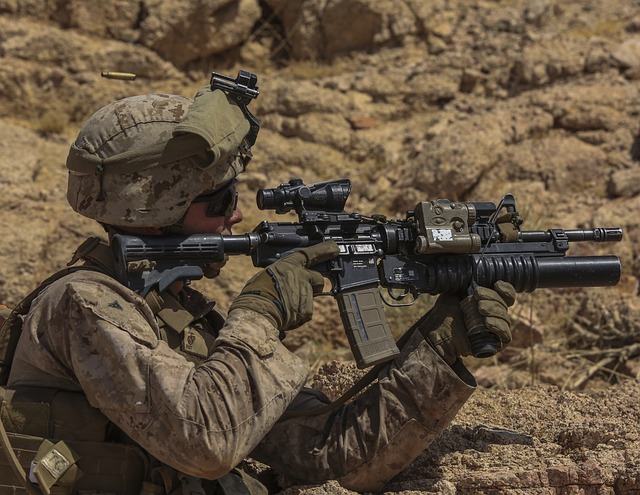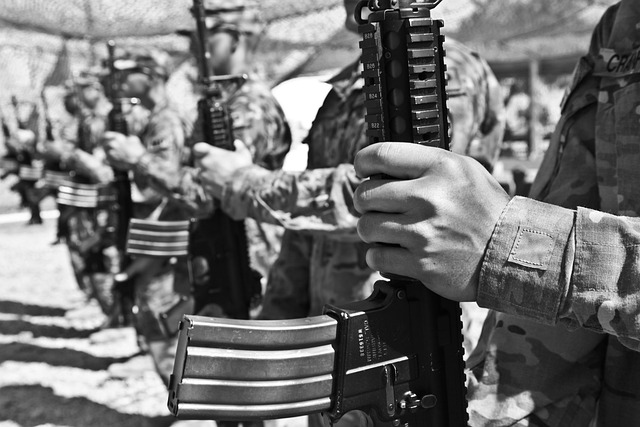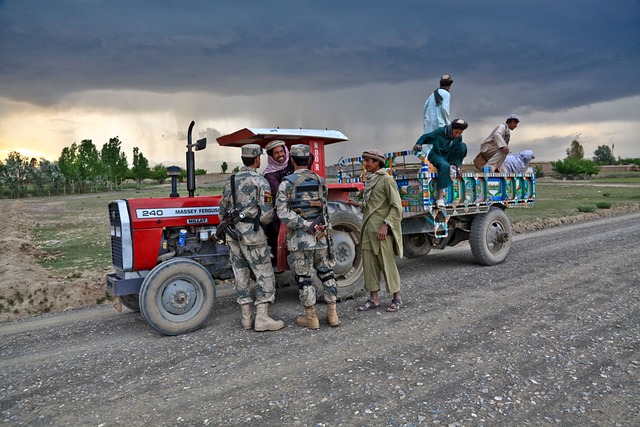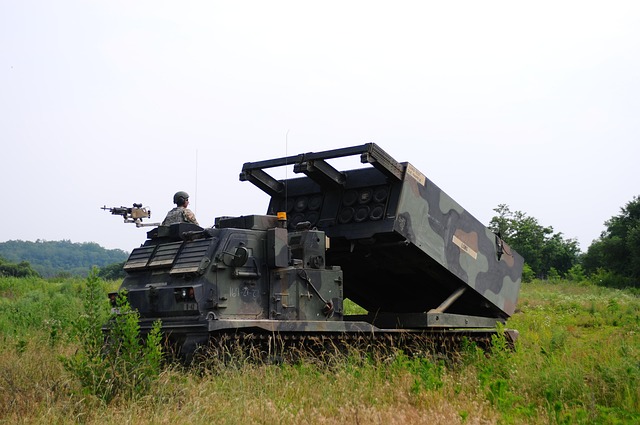The art of embroidery on military uniforms, as seen in the 82nd Airborne Division Flag, is a powerful visual narrative of history, pride, and sacrifice. This ancient craft has evolved from handwork to advanced machine techniques, enhancing uniform aesthetics while symbolizing unit identity and fostering camaraderie among military members. The flag's intricate design, featuring a parachute and twelve stars, tells stories of valour and the division's heritage, highlighting how embroidered symbols strengthen collective identity and are instantly recognizable as testaments to military service.
“Unraveling the intricate beauty of embroidered uniforms and equipment, this article takes readers on a journey through time and tradition. From the historic art of embroidery adorning military regalia to its modern techniques and materials, we explore how these delicate designs showcase pride and identity. The 82nd Airborne Division Flag serves as a striking example, revealing symbolic meanings that resonate with troops. Discover how embroidered gear enhances unit cohesion, carrying historical weight while embracing contemporary craftsmanship.”
- The Art of Embroidered Uniforms: A Historical Perspective
- Symbolism and Pride: What Does the 82nd Airborne Division Flag Represent?
- Techniques and Materials Used in Modern Military Embroidery
- Embracing Tradition: How Embroidered Equipment Enhances Unit Identity
The Art of Embroidered Uniforms: A Historical Perspective

The art of embroidery has adorned uniforms and equipment for centuries, serving as a visual representation of identity, pride, and history. Historically, embroidered uniforms have been a hallmark of military distinction, with intricate designs that tell tales of battles fought, victories won, and traditions upheld. The 82nd Airborne Division Flag, for instance, is an iconic example that combines bold colors and precise stitching to symbolize the division’s bravery and agility.
This ancient craft has evolved over time, from delicate handiwork done by skilled artisans to advanced machine embroidery techniques that can produce complex patterns at a larger scale. The integration of embroidery into military uniforms and gear not only enhances their aesthetic appeal but also reinforces unit cohesion and fosters a sense of belonging among members. It is a form of artistic expression that transcends borders, unifying people under a shared visual identity.
Symbolism and Pride: What Does the 82nd Airborne Division Flag Represent?

The 82nd Airborne Division Flag is more than just a piece of fabric; it’s a symbol of pride, history, and sacrifice. Embroidered with meticulous detail, this flag tells a story of military might and unparalleled valor. The bold red, white, and blue colors represent the United States, while the unique design within incorporates significant elements that hold deep meaning for the division’s members.
The flag prominently displays a parachute, a clear nod to the 82nd Airborne Division’s infamous status as “sky soldiers,” capable of dropping into enemy territory from the sky. Surrounding this central element are twelve stars, each representing one of the original thirteen colonies, symbolizing the division’s roots and the broader American heritage it upholds. The golden color used in the embroidery adds a touch of prestige and grandeur, reflecting the high regard in which these soldiers are held within the military community.
Techniques and Materials Used in Modern Military Embroidery

In modern military embroidery, a multitude of techniques and materials are employed to create intricate designs on uniforms and equipment, reflecting unit pride and heritage. One of the most prominent applications is seen in the 82nd Airborne Division Flag, where detailed stitching and vibrant threads come together to form a symbol of courage and combat readiness. Techniques range from traditional hand embroidery, requiring precision and skill, to advanced machine embroidery, enabling rapid production while maintaining high-quality standards.
The choice of materials plays a crucial role in ensuring durability and visibility under various conditions. High-quality polyamide and polyester threads are commonly used for their strength and colorfastness. Additionally, special reflective and heat-sensitive threads are incorporated to enhance nighttime or low-light visibility, a feature often seen on tactical gear. These modern embroidery techniques and materials not only adorn uniforms but also serve as a powerful means of communicating military identity and legacy.
Embracing Tradition: How Embroidered Equipment Enhances Unit Identity

Embroidered designs on uniforms and equipment have long been a powerful way to express unit identity and heritage. For military units, this tradition runs deep, especially when it comes to iconic symbols like the 82nd Airborne Division Flag. Each stitch tells a story, representing the history, values, and achievements of the unit it adorns. By embracing embroidered designs, military personnel not only pay homage to their roots but also forge a stronger sense of camaraderie and belonging within their ranks.
The intricate detail and precision involved in creating these embroidered pieces elevate them from mere decorations to meaningful representations of collective identity. When worn or displayed, they serve as visual cues that instantly recognize and honor the unique legacy of the unit. This tradition continues to thrive, ensuring that the spirit and pride associated with these symbols remain vibrant and passed down through generations of service members.
Embroidered uniforms and equipment have evolved significantly over time, from historical art forms to modern techniques. As seen with the intricate details of the 82nd Airborne Division Flag, symbolism plays a vital role in enhancing unit identity and fostering pride among its members. With advancements in technology, the techniques and materials used in military embroidery continue to revolutionize, ensuring that these cherished traditions remain vibrant and meaningful in today’s digital era. Embracing these historical roots and modern innovations, embroidered equipment stands as a powerful symbol of unity, heritage, and the enduring spirit of service.
